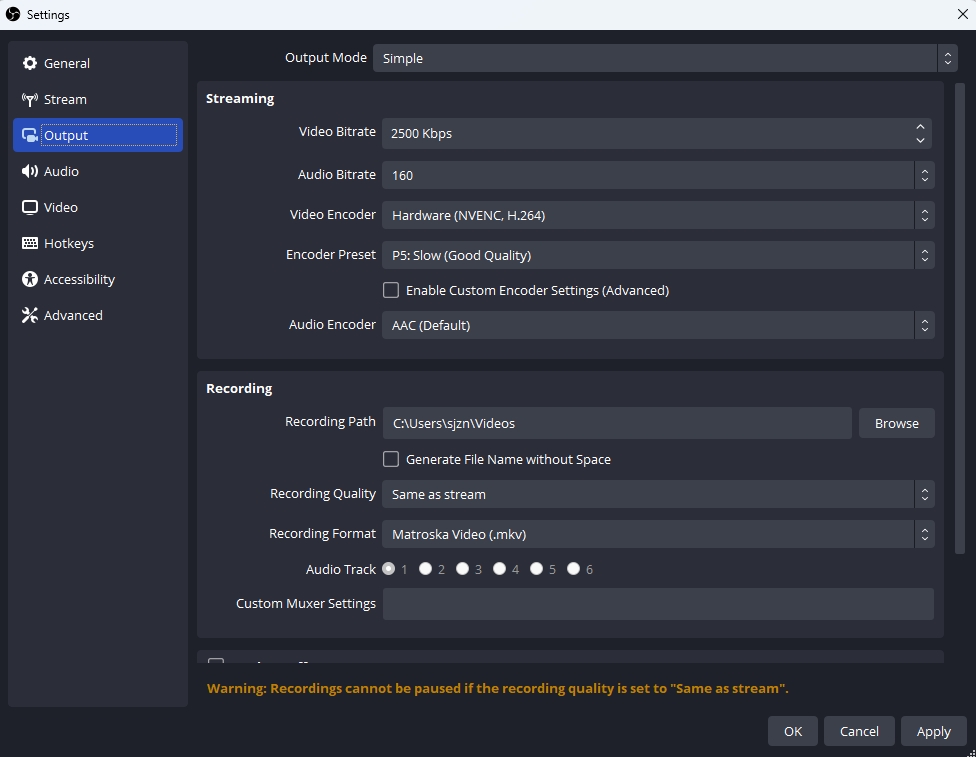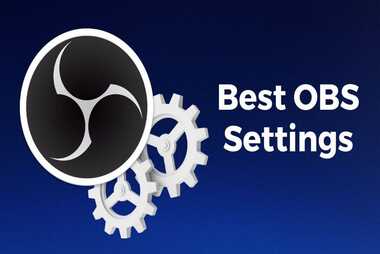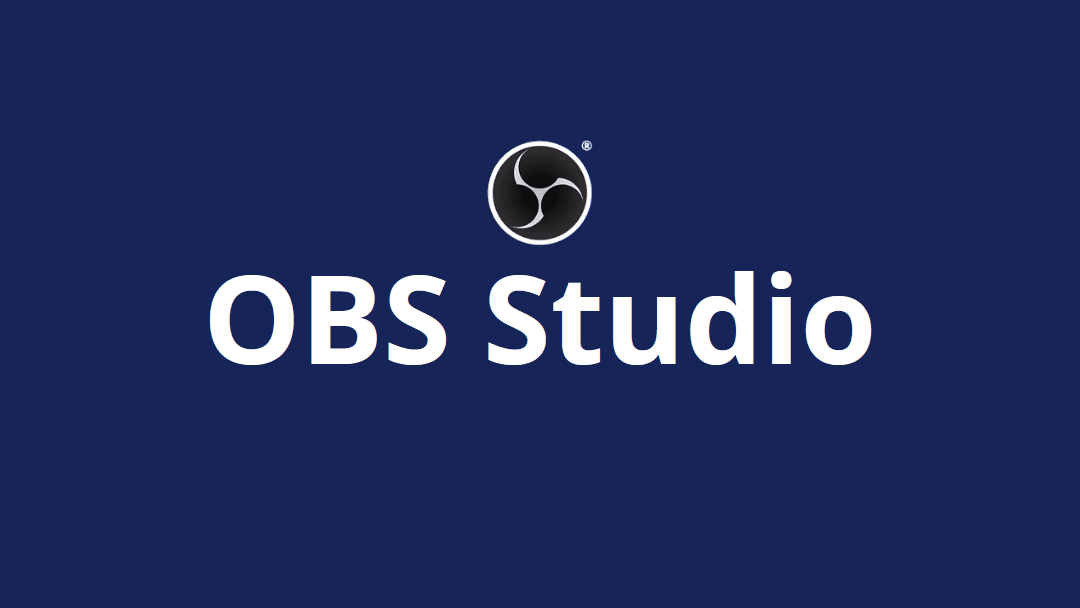In the world of live streaming, the quality of your broadcast can make or break your viewer experience. OBS (Open Broadcaster Software) is a powerful, open-source tool that allows you to customize your streaming setup to achieve the best results. However, finding the best OBS settings for streaming can be a challenge. Optimizing these settings is crucial for ensuring smooth, high-quality streams that engage and retain your audience. By fine-tuning your OBS configuration, you can enhance video clarity, audio quality, and overall performance, ultimately creating a more professional and enjoyable streaming experience.
Understanding OBS Settings
To achieve the best setting for OBS streaming, it’s essential to first understand what OBS settings need adjustment and why these adjustments matter. Let’s dive into the basics of OBS and explore how optimizing these settings can impact your stream’s quality and performance.
What is OBS?
OBS (Open Broadcaster Software) is a versatile, free software used for video recording and live streaming. It allows users to capture video and audio from various sources and mix them into a single broadcast. Whether you’re streaming gameplay, hosting a talk show, or producing a live event, OBS provides a range of features and settings to tailor your broadcast to your needs.
Why Optimize OBS Settings?
Optimizing your OBS settings is essential for delivering high-quality streams. Proper configuration affects several aspects of your broadcast, including video resolution, frame rate, and audio clarity. By adjusting these settings, you can ensure that your stream runs smoothly without lag, buffering, or quality issues. Well-tuned settings also enhance viewer engagement by providing a professional and polished appearance, making your content more appealing and enjoyable.
Essential OBS Settings for Streaming

Now that we understand the importance of OBS settings, let’s delve into the specific settings you need to adjust to achieve the best streaming quality. We’ll start with the fundamental video settings, which are crucial for delivering clear and smooth visuals.
Best OBS Video Settings
Resolution
The resolution of your stream determines the clarity and detail of the video. For most platforms, streaming in 1080p (1920×1080) provides a high-quality image, but it requires a higher bitrate and better hardware. If you’re streaming on a platform with bandwidth constraints or using less powerful equipment, 720p (1280×720) is a good alternative that still offers clear visuals. Choose the resolution that best matches your setup and audience needs.
Frame Rate
Frame rate, measured in frames per second (fps), impacts the smoothness of your stream. A higher frame rate, such as 60fps, provides smoother motion and a better viewing experience, especially for fast-paced content like gaming. However, streaming at 60fps demands more processing power and bandwidth. If you’re streaming less dynamic content or have hardware limitations, 30fps is a viable option that still offers good quality while being less demanding.
Best Output Settings for OBS
Encoder
The encoder is responsible for compressing your video data before it’s sent to the streaming platform. OBS offers two primary encoder options: x264 and hardware encoders (such as NVENC or AMF). x264 uses your CPU for encoding, providing high quality but consuming more system resources. Hardware encoders offload the encoding process to your GPU, reducing CPU usage and often improving performance. For most streamers, hardware encoders are preferable for their efficiency and lower impact on system performance.
Bitrate
Bitrate determines the amount of data transmitted per second, affecting video quality and stream stability. For 1080p at 60fps, a bitrate between 4500-6000 Kbps is recommended. For 720p at 30fps, a bitrate of 2500-4000 Kbps is usually sufficient. Adjust the bitrate according to your internet speed and platform requirements to avoid issues like buffering or pixelation.
Best OBS Audio Settings for Streaming
Audio Bitrate
Audio bitrate affects the clarity and quality of your stream’s sound. A bitrate of 128 Kbps is standard for most streams, offering a balance between quality and file size. For higher audio fidelity, you can increase the bitrate to 192 Kbps or 256 Kbps, but ensure your audio equipment and internet bandwidth can support it.
Mic and Desktop Audio Settings
Balancing microphone and desktop audio is crucial for a clear and engaging stream. Use OBS’s audio mixer to adjust the levels of your microphone and desktop audio, ensuring that your voice is clear and not overpowered by background sounds or game audio. Utilize filters such as noise suppression and gain control to enhance audio quality and reduce background noise.
Advanced Settings for OBS
Keyframe Interval
The keyframe interval determines how frequently keyframes (complete images) are sent during the stream. A keyframe interval of 2 seconds is recommended for most streaming platforms, as it provides a good balance between video quality and performance.
CPU Usage Preset
The CPU Usage Preset controls how much processing power OBS uses for encoding. A higher preset (e.g., “very fast”) uses less CPU but may reduce video quality, while a lower preset (e.g., “slow”) improves quality but requires more CPU power. Choose a preset based on your hardware capabilities and streaming needs.
Enhance Your Streaming Experience with BocaLive
While OBS provides a great foundation for streaming, you can take your broadcasts to the next level with BocaLive. BocaLive is an innovative streaming platform that offers unique features, such as customizable AI avatars, multistreaming, AI scripting, and AI real-time responses.

Highlight features of BocaLive
- Custom AI Avatars: You can create a personalized AI avatar for your streams, adding a distinctive and interactive element to your content. This feature allows you to stand out from other streamers and connect more deeply with your audience.
- Multi-Platform Streaming: Stream across multiple platforms, including Instagram, Facebook, TikTok, YouTube, and X, to reach varied audiences and enhance your brand visibility.
- AI Script Generation: BocaLive’s AI crafts compelling scripts customized to your products and audience, keeping your sessions engaging and on target.
- AIReal-time Responses: This feature allows your AI avatar to respond to questions from viewers in the comment section in real time to achieve better interactive results.
Common Issues and Troubleshooting
Lag and Performance Issues
Lag and performance issues can disrupt your stream and frustrate viewers. To address these problems, consider lowering your resolution or frame rate, reducing your bitrate, or adjusting your encoder settings. Ensure your internet connection is stable and has sufficient upload speed for your chosen bitrate. Additionally, close unnecessary applications and background processes that might consume system resources.
Audio Problems
Audio syncing and quality issues can detract from your stream’s professionalism. To fix audio syncing problems, check your audio delay settings in OBS and adjust them as needed. For quality issues, ensure your microphone is properly configured and use audio filters to reduce noise and enhance clarity.
FAQs
What are the best stream quality settings for OBS?
The best settings for OBS depend on your hardware and internet speed. Generally, aim for 1080p resolution at 60fps with a bitrate of 4500-6000 Kbps. Use a hardware encoder (NVENC for NVIDIA GPUs) to reduce CPU usage. Set the keyframe interval to 2 seconds and choose a “faster” CPU preset. For audio, use a bitrate of 128-256 Kbps for clear sound.
How do I optimize my OBS for performance?
Optimize OBS by using a hardware encoder (like NVENC), lowering resolution to 720p, or reducing the frame rate to 30fps. Set the CPU usage preset to “veryfast” to reduce CPU load. Adjust the bitrate based on your internet speed and close unnecessary background apps. Regularly update OBS and drivers for the best performance.
Conclusion
Achieving the best streaming quality requires careful adjustment of your OBS settings. By optimizing video resolution, frame rate, bitrate, and audio settings, you can ensure a smooth and professional streaming experience. Experiment with different configurations to find the perfect balance for your setup and audience. Remember, the best OBS settings for streaming are those that meet your specific needs while delivering high-quality content that engages and retains viewers.





Recent Comments